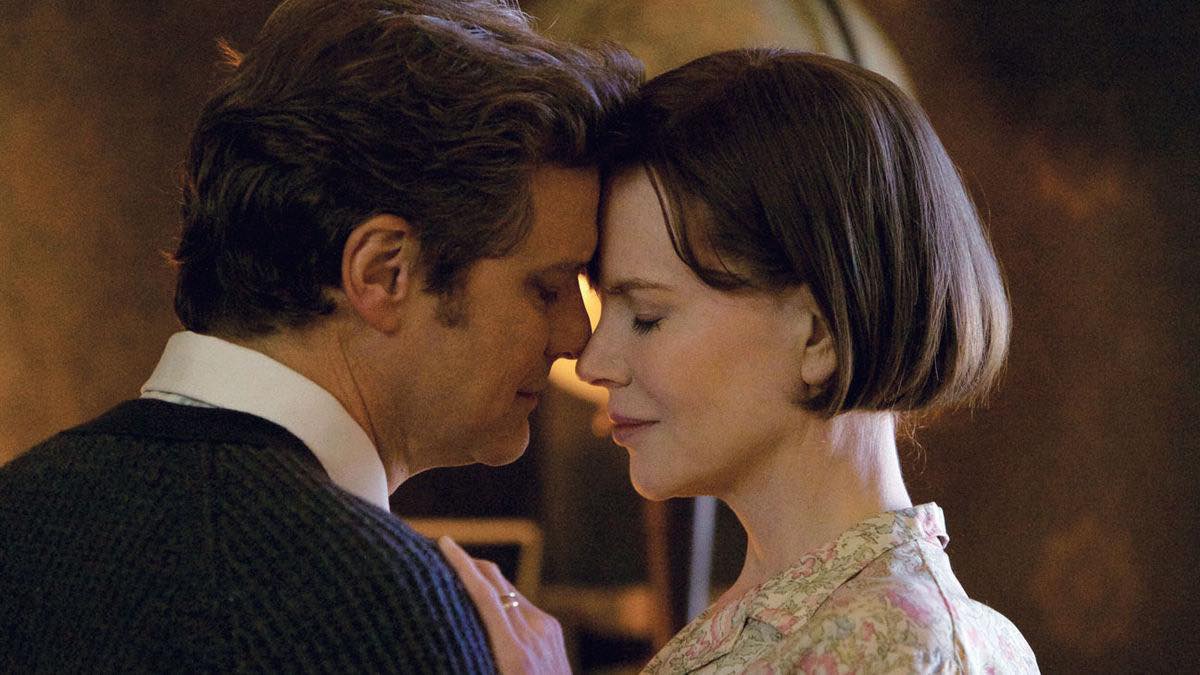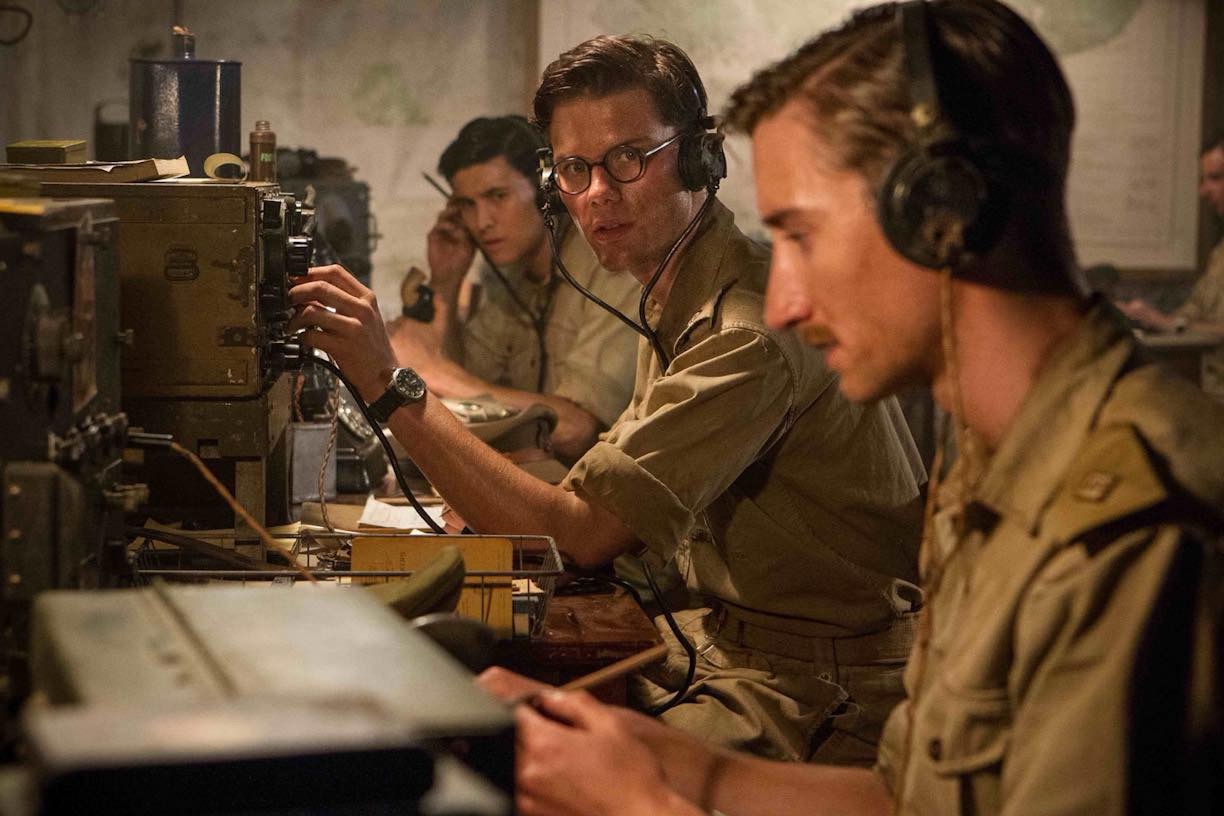The Railway Man (2013)

The Railway Man (2013) is a biographical war drama that tells the true story of Eric Lomax, a British soldier who was captured by the Japanese during World War II and forced to work on the Thai-Burma “Death Railway.” Directed by Jonathan Teplitzky, the film explores Lomax’s harrowing experiences as a POW and his journey toward confronting his past and seeking reconciliation with one of his wartime torturers. The movie stars Colin Firth as the older Lomax, Jeremy Irvine as his younger self, and Nicole Kidman as his wife, Patti.
Suggested videos for you:
Suggested videos for you:
Suggested videos for you:
Story and Themes:
The film follows two parallel timelines: one focusing on Lomax’s wartime experiences and the other on his post-war life, struggling with the trauma that continues to haunt him. As Lomax forms a relationship with Patti, she learns of his past suffering and encourages him to confront his demons. The key emotional thread in The Railway Man is Lomax’s eventual confrontation with his Japanese captor, Takashi Nagase (played by Hiroyuki Sanada), which becomes a profound moment of forgiveness and healing.
Themes of trauma, forgiveness, and the long-lasting impact of war are central to the film. It sensitively depicts how the horrors of war can leave deep emotional scars and explores how reconciliation and forgiveness can serve as pathways to healing.
Performances:
Colin Firth’s performance as the older Lomax is highly praised, with critics noting his ability to convey the deep, simmering pain of a man haunted by his past. Firth portrays Lomax with a quiet dignity, capturing the inner turmoil and eventual catharsis of his character. Nicole Kidman’s role as Patti is more understated but crucial to the story. Her performance adds emotional depth, as she provides support for Lomax while grappling with her own fears about his psychological state. Jeremy Irvine delivers a strong performance as the younger Lomax, effectively portraying the terror and resilience of a man enduring the brutalities of war.
Directions and Cinematography:
Jonathan Teplitzky’s direction offers a visually compelling film, alternating between the lush, dangerous landscapes of the Thai jungle and the muted tones of Lomax’s post-war life in England. The cinematography highlights the contrast between these two worlds, capturing the beauty of the natural environment even as it serves as a backdrop to horrific human suffering.
Criticism:
While The Railway Man received generally positive reviews, some critics felt the film could have delved deeper into the psychological aspects of Lomax’s trauma. The shifts between the wartime and post-war scenes were occasionally criticized for disrupting the narrative flow. Additionally, some felt that the emotional weight of Lomax’s reconciliation with Nagase could have been explored further to fully realize its cathartic potential.
Reception:
The film holds a 67% rating on Rotten Tomatoes and has been praised for its respectful handling of a difficult subject. Colin Firth’s performance, in particular, was widely acclaimed, as was the film’s portrayal of forgiveness and redemption. However, it received some criticism for its pacing and for not fully tapping into the emotional complexities of its subject matter.
Overall, The Railway Man is a moving and powerful story about the long-lasting effects of war and the possibility of healing through reconciliation. It may not be flawless in its execution, but its performances and emotional depth make it a compelling watch.











